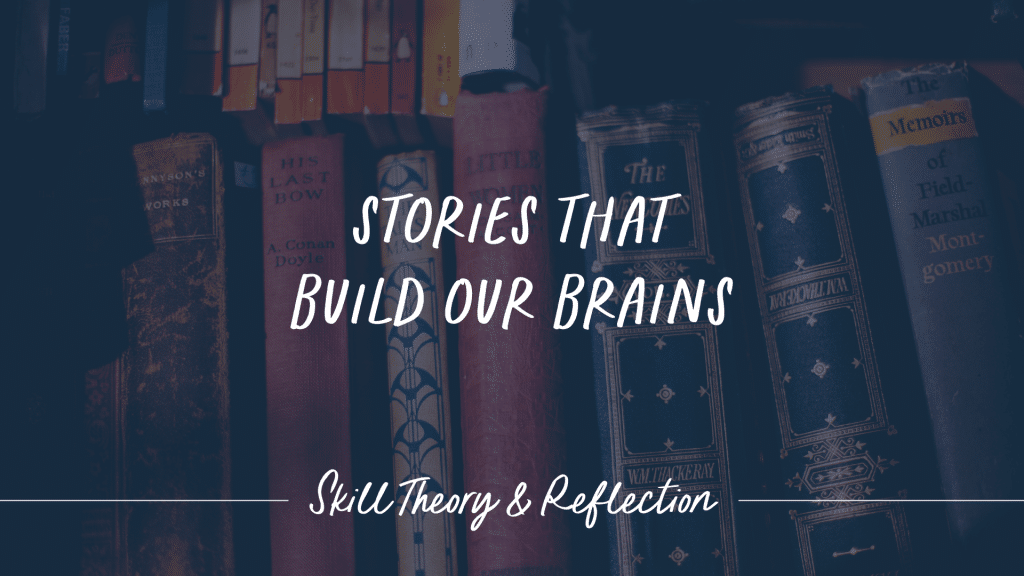Amy Brown is a relational skills trainer with THRIVEtoday. She is also a Journey Group Director and Director of Development with Alive & Well. Amy co-wrote Relational Skills in the Bible with Chris Coursey, as well as the Journey Group curriculum. Her heart is to see people connect deeply with Jesus in a way that displays His beauty and love.
One day my daughter Olivia was telling me a very involved story about her day at work; it seemed she had felt every known emotion and encountered many unreasonable people. As this marathon story drew to a close, my daughter burst out laughing and said, “Mom! I love to make my stories as long as possible because your face is so expressive when you are listening!” She then proceeded to show me the many expressions I’d had on my face as she was talking. We laughed together about her playful game, and I’ve thought about it many times since. It always brings a smile to my face.
Although we didn’t know it at the time, Livy was using Skill 7, “Tell Synchronized Stories.” She was telling me a story in which her body, experience, and emotions worked together with her verbal skills to share a coherent narrative of her day. In THRIVEtoday’s relational skills training, we practice these stories every day, because they have the power to rewire our brains and deepen our bonds.
A synchronized story is one where we tell about an event that happened to us, making eye contact, using our face and body to express the emotions involved, and talking about the way we felt in our body and emotions when the event was occurring. A story told in this way uses all our relational brain (right hemisphere Levels 1 through 4), and our narrative connects right hemisphere with left hemisphere (Level 4+). This is why we also refer to these as 4+ Stories.
Telling synchronized stories regularly will help us internally. It supports all the levels of our brain in working well together, helps us practice noticing our emotions and recognizing how they feel in our bodies, and allows us to build both verbal and nonverbal skills. Our brain is synchronized within itself, and our body is synchronized with our brain.
Synchronized stories can also deepen our bonds with friends and family. As we share our stories, we attune with each other, enjoy one another, and know each other at a more intimate level. If you tell me your stories, I’ll begin to understand your history, what motivates you, what hurts you, and why you behave as you do.
Combining verbal and nonverbal communication to express the emotions involved in a story stirs up similar emotions in the listener and enables them to synchronize. Although we haven’t lived through the event, we feel the emotions, too. This is what occurred as Livy told me her story; my brain felt the emotions, and my face reflected these emotions to Livy. Although she played a little game by stretching out her story and amping up the emotions, she knew Mom was with her, heart and soul! I heard her story!
In addition to synchronizing our brains and relationships, telling 4+ stories also helps pass on relational skills. When we tell our stories to a loving audience, here are just a few of the relational skills that may be shared: Share Joy, Form Bonds for Two, Create Appreciation, Build Family Bonds, Take a Breather, and Tell Nonverbal Stories. We can tell Return to Joy and Acting Like Myself stories to grow capacity in our community, and Immanuel stories to express our relationship with Him.

